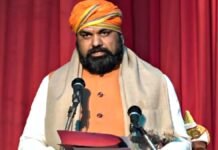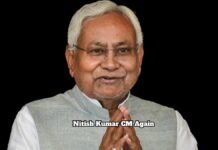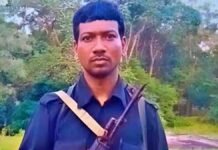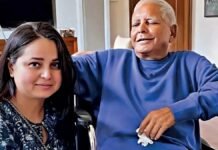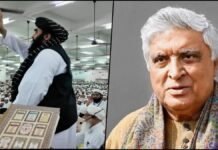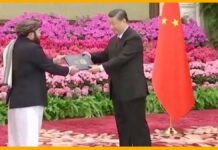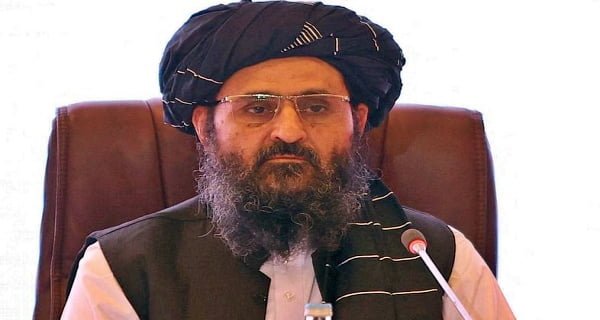
Kabul: The Taliban’s top leader, who has fought the US and its allies for decades, made a spectacular return to Afghanistan this week. Mullah Abdul Ghani Baradar is expected to play a key role in talks with the Taliban and Afghan government officials.
The Taliban has said it wants to form an “inclusive Islamic” government and has claimed it will take a softer stance than last time. However, many are still apprehensive and their eyes are now on Baradar, who has so far said very little about a possible Taliban regime but has proved himself pragmatic in the past.
Baradar’s biography is a reflection of the journey of the Taliban, who played the role of a war satrap in the 1990s from Islamic militias, running the country based on a fanatical interpretation of Islamic laws and fighting for two decades against US infiltration. His experience also sheds light on the complex relationship of the Taliban with neighboring Pakistan.
Baradar is the only surviving Taliban leader who was appointed by the slain Taliban commander Mullah Mohammad Omar. Thus Baradar enjoys an important status in the organization as well. He is more visible than Maulvi Hibatullah Akhunzada, the current supreme leader of the Taliban. Akhunzada is believed to be hiding in Pakistan and only issues statements.
On Tuesday, Baradar reached the southern Afghan city of Kandahar, where the Taliban movement began in the mid-1990s. With this, his 20-year exile also ended. A crowd of supporters gathered as soon as he disembarked from the Qatar government plane. Baradar was born in Uruzgan province and later joined the militia as a CIA-Pakistan-backed Mujahideen to fight against the Soviet Union. The Soviet Union withdrew from Afghanistan in 1989.

In the 1990s, civil war broke out in the country and rival mujahideen fought each other to take over the area. The satraps started running ruthless security gangs and set up check posts where travelers could be taken money for their military activities. In 1994, Mullah Omar, Baradar, and others founded the Taliban, which means students of religious subjects.
The group consisted mainly of religious leaders and young, pious people who had left their homes and only knew how to fight. Baradar fought a war with Mullah Omar that led the Taliban to power in 1996. During the Taliban rule from 1996 to 2001, the President and the Executive Council were in Kabul, but Baradar spent most of his time in Kandahar, the spiritual capital of the Taliban.
Baradar did not have an official role in the government. Baradar, Omar, and other Taliban leaders fled to neighboring Pakistan when the US invaded Afghanistan after the 9/11 attacks on the Taliban asylum for al-Qaeda leader Osama bin Laden. In the years that followed, the Taliban was able to organize themselves in semi-autonomous areas along the border. Baradar was arrested in 2010 from Karachi city of Pakistan in a joint operation by CIA and Anti-Terrorism Force.
Former Afghan President Hamid Karzai later confirmed that he had twice requested the US and Pakistan to release Baradar and he was eventually released in 2013 on condition of cooperation. Karzai is currently in talks with the Taliban about the next government and may once again speak to Baradar himself. The Taliban’s negotiating team led by Baradar held several rounds of talks in Qatar, after which an agreement was reached with the US in February 2020. The then US Secretary of State Mike Pompeo also met Baradar.















